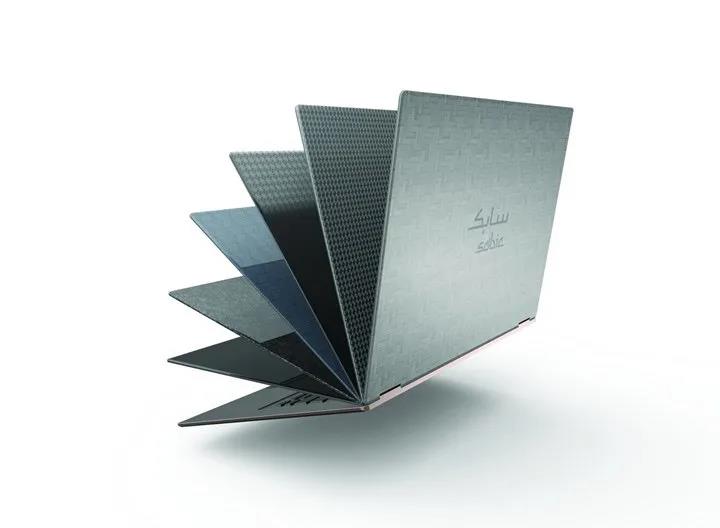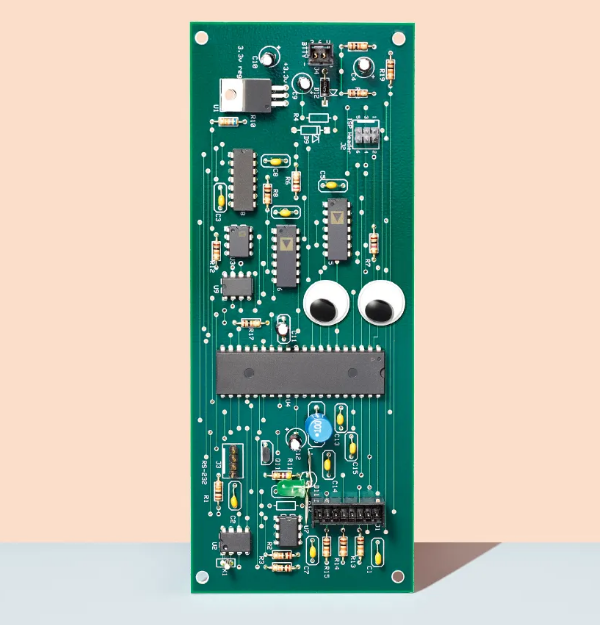
NANJING EFG CO., LTD., expert of wateproof frame materials
Consumer Electronics
The consumer electronics market is a changing market. Products such as smartphones, smart watches, tablets and laptops are growing rapidly. OEMs strive to meet consumer needs: faster speed, more functionality, longer battery life.
For the covers, enclosures and frames of such products, the original equipment manufacturer is looking for materials with good appearance, high design freedom, excellent impact resistance, light weight, high stiffness and thin wall. In addition, cost-effective, high-yield molding methods are needed to meet the global demand of tens of millions of units per year.
For example, SABIC, based in the Netherlands, recently conducted a feasibility study on the use of two thermoplastic composites to produce 1 mm thick laptop/tablet case. This study suggests that hybrid thermoplastic composites materials may be a viable solution to the challenging consumer electronics market.
The Maezio brand of continuous fiber reinforced thermoplastic (CFRTP) composite materials launched by Germany's Cosco also attracted interest in the electronics industry. A series of products including polycarbonate (PC) impregnated carbon fiber unidirectional strip and sheet. According to Coschon, continuous fiber reinforced thermoplastic can be adjusted according to the requirements of performance, aesthetics and scale economy, and can be used in products in many industries. Maezio can produce high-yield, short-period thermoforming, which is said to reduce the cost of producing millions of pieces per year. It can also be used in other production technologies, such as stacking, automatic banding (ATL) and automatic fiber laying (AFP), etc. A major advantage of Maezio is its tunability. The unidirectional strip is only 120 microns thick and can be laminated into sheets at different angles to meet various performance and mechanical standards. The prepared sheet has high strength and rigidity, light weight and natural and unidirectional surface texture. In addition, continuous fiber reinforced thermoplastic composites are recyclable.
While the cover plate and shell are widely concerned, composite materials also play an important role in internal electronic devices. For example, Samsung's Galaxy Note9 phone in South Korea uses a water-carbon cooling system, which is said to make the phone run more smoothly during mass use. According to Samsung, the cooling system contains a heat pipe or "radiator ", and the phase change of water can effectively dissipate heat. First, the porous structure filled with water absorbs heat, and then the water becomes steam and moves through the pipe. When the steam begins to cool and turn back into water, the process begins again. Galaxy Note9 has a larger heat pipe than its previous model, thanks to better carbon fiber TIM( thermal interface material), which is said to transfer heat from the processor to the radiator at 3.5 times higher efficiency, thus increasing thermal conductivity and helping to prevent overheating.
Advanced Composite materials are also increasingly used in audio-visual equipment, such as the Japanese company's Seerebo carbon fiber reinforced thermoplastic used to make Panasonic's digital 4 K camera fuselage; Dutch Refitech recently introduced ultra-fast composite telescopic tubes for audio-visual equipment and similar purposes.
Printed circuit board
Glass fiber material and epoxy laminate has been the basic structural substrate of printed circuit board (PCB) for decades. these iconic green thin "cards" support transistors, resistors, and integrated circuits at the core of almost all digital technologies and perform circuit connections by etching or printing conductive paths on their surfaces.
The overall PCB market is expected to decline in 2020 due to the global recession caused by the epidemic, but is expected to recover in 2021, with an estimated $85 billion by 2025, and a compound annual growth rate of 3%~5% between 2020 and 2025, according to the July 2020 report issued by American Lucintel. Lucintel said growth was driven by increased demand for PCB in the communications industry, growth in associated equipment and advances in automotive electronics.
the dominance of fiberglass/epoxy composites in the electronic device market has been challenged as many trends —— particularly miniaturization, better thermal management, higher speed and performance requirements, and 3 D of print —— force PCB manufacturers to re-examine their material choices.
Source: Qingbaojun


Copyright © 2019 NANJING EFG CO., LTD. | All Rights Reserved
We are here to help you! If you close the chatbox, you will automatically receive a response from us via email. Please be sure to leave your contact details so that we can better assist